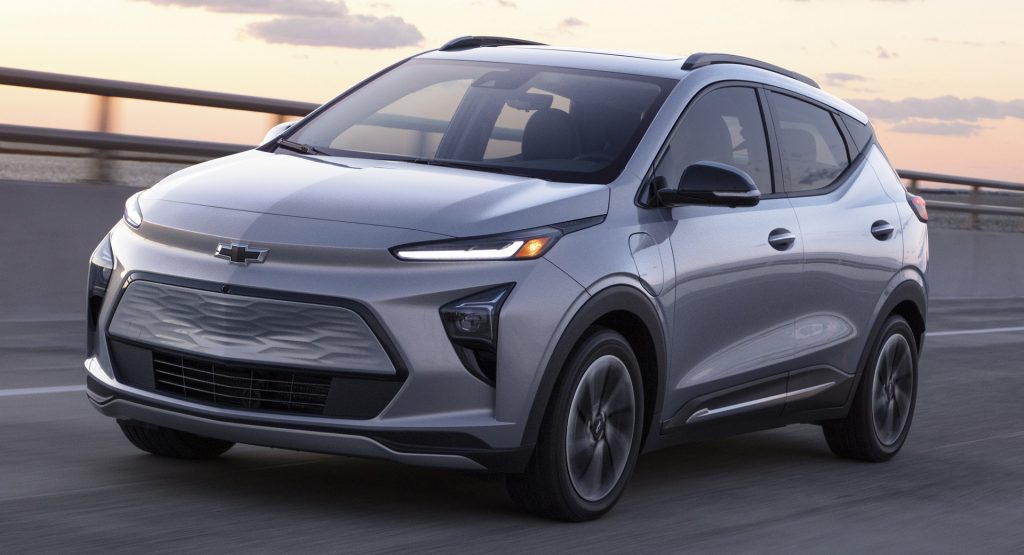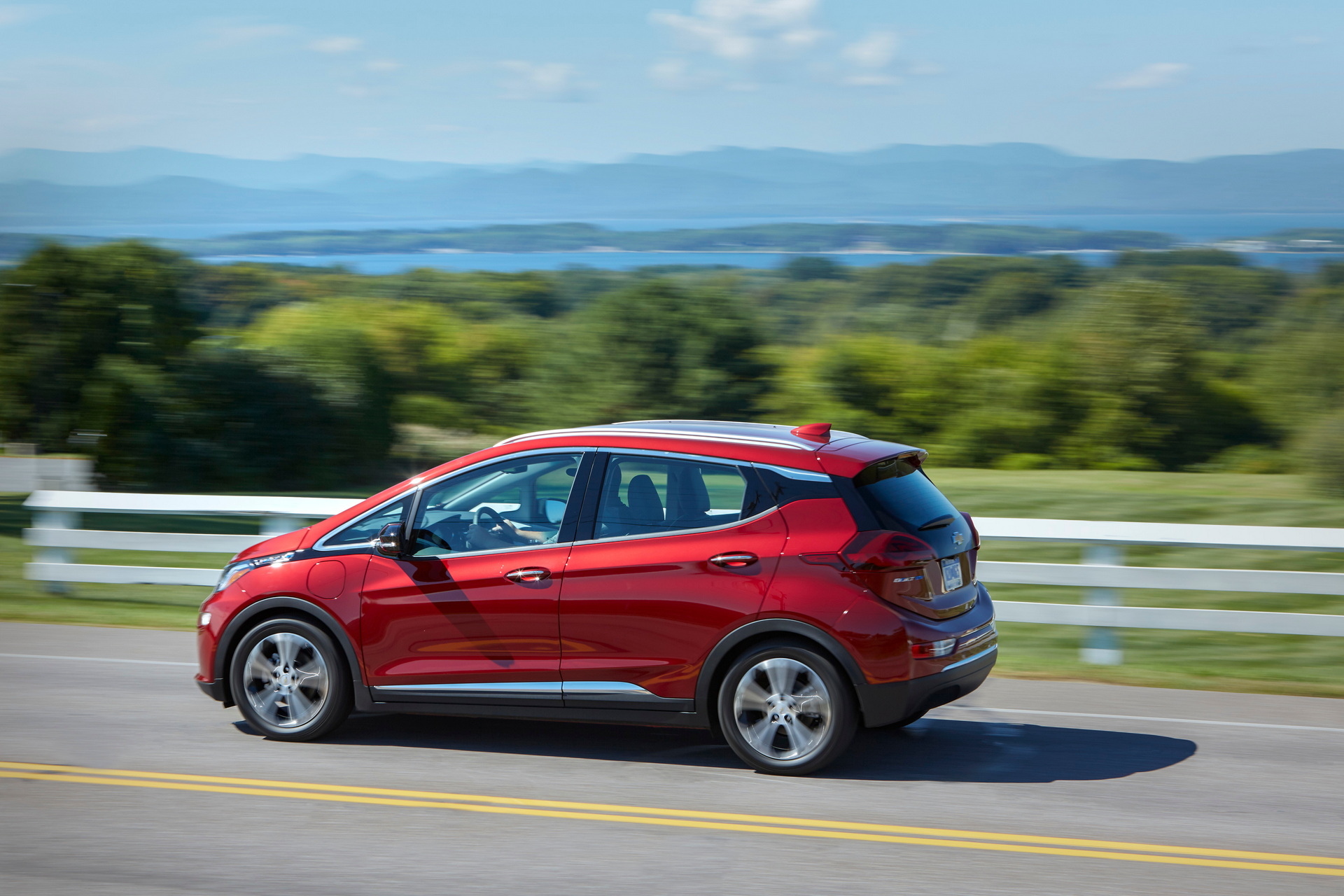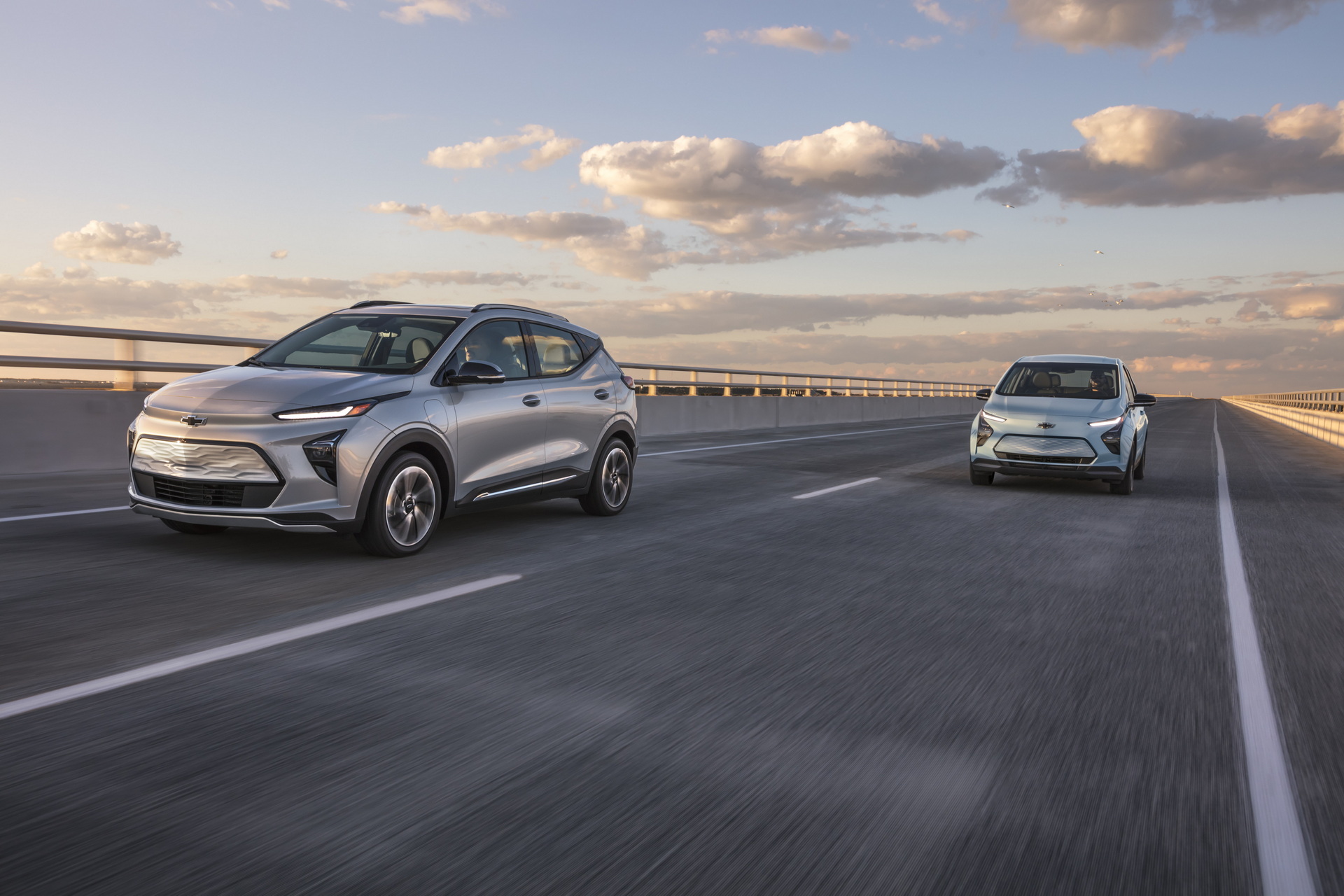GM announced today that it has found the root of the defect that caused the batteries in some Chevrolet Bolts to catch fire. It will therefore resume production of the batteries with new measures in place and has laid out a plan for how to fix the problem with Bolts that are already on the road.
The company announced a recall late in August that eventually led to halting production of the Bolt as it attempted to solve the root cause of the problem. It has now discovered that it was a rare combination of two defects known as a “torn anode” and a “folded separator.”
GM says that both had to be present in a battery in order for the fault to lead to a fire and that it has worked with LG to review and enhance quality assurance and provide confidence in batteries moving forward. The battery supplier will also implement these processes in other facilities that will provide cells to GM in the future.
Read Also: GM Stops Building Bolt EVs As It Isn’t Confident LG Chem Can Produce Batteries Without Defects
LG’s battery plants will also add capacity to provide more cells to GM in order to supply the automaker with replacement battery modules, which it expects to be able to ship to dealers as soon as mid-October.
General Motors says it is prioritizing Bolt EV and EUV customers whose vehicles were built during specific timeframes where it believes the defects are clustered. It will notify affected customers when replacement battery modules are available to them.
The automaker is also creating a new advanced diagnostic software package that will increase the available battery charging parameters over existing guidance. The software is designed to spot anomalies in battery performance that GM believes are linked to the defect that led to the fires. The company plans to produce another piece of diagnostic software that will eventually return customers to 100 percent battery capacity.
Until then, the company says that it is not aware of any fires occurring in vehicles that limited their chargers to 90 percent, avoided depleting the battery beyond 70 miles (113 km) of remaining charge, and were not left charging indoors overnight. It reasons, then, that anyone following these instructions should be able to park their vehicle wherever they please.
“We’re grateful for the patience of owners and dealers as we work to advance solutions to this recall,” said Doug Parks, GM executive vice president, Global Product Development, Purchasing and Supply Chain. “Resuming battery module production is a first step and we’ll continue to work aggressively with LG to obtain additional battery supply. In addition, we’re optimistic a new advanced diagnostic software will provide more convenience for our customers.”






